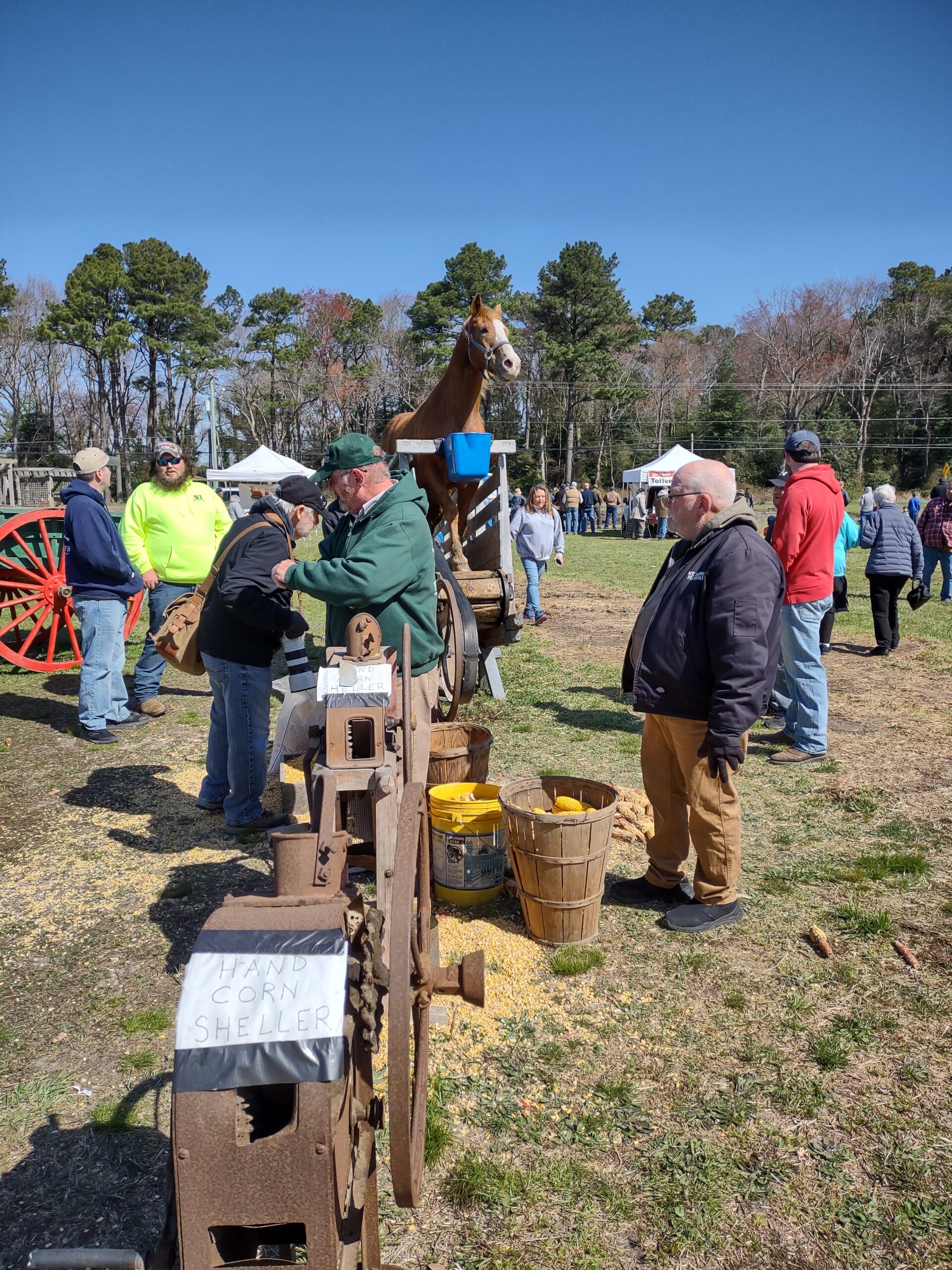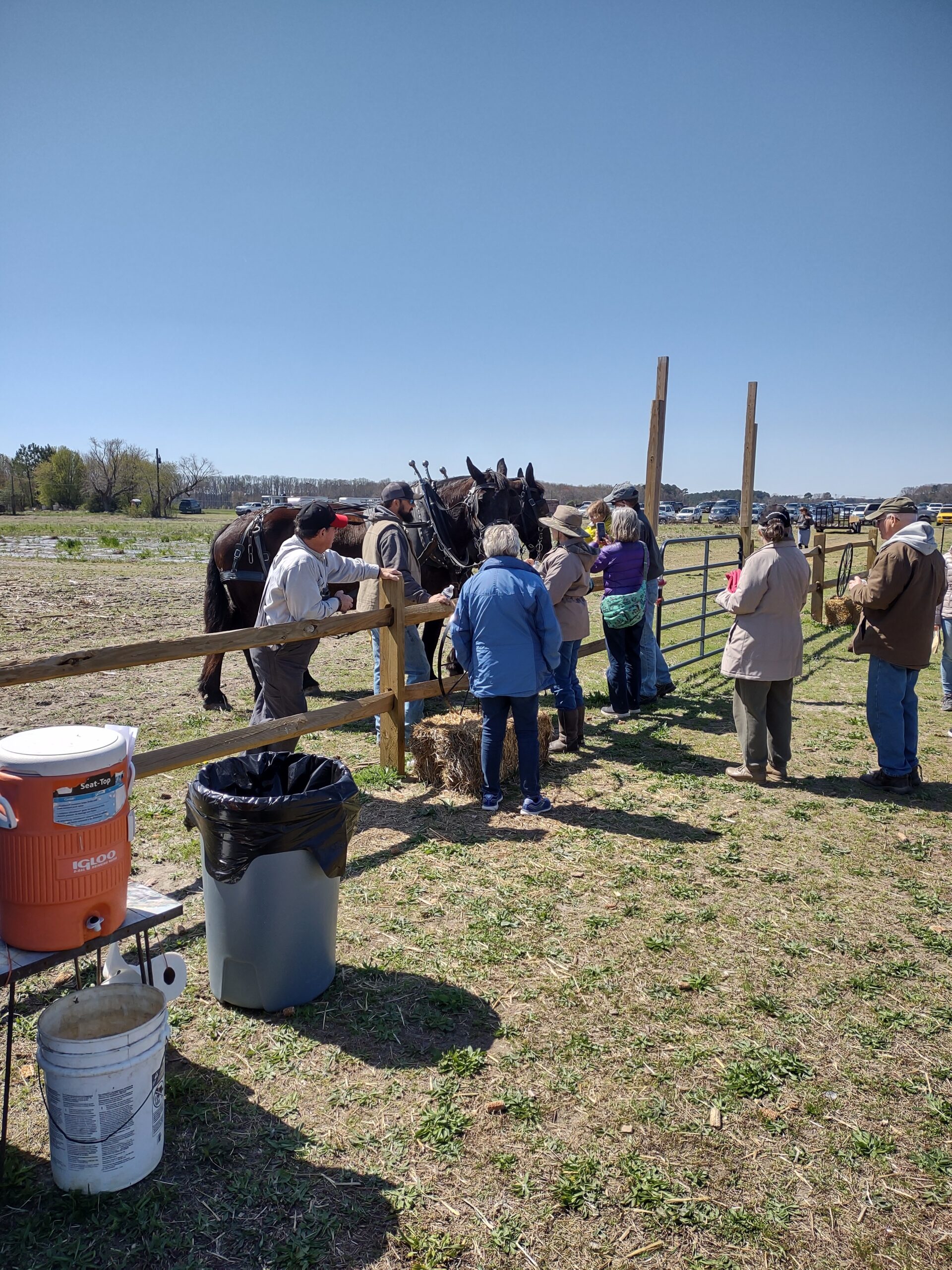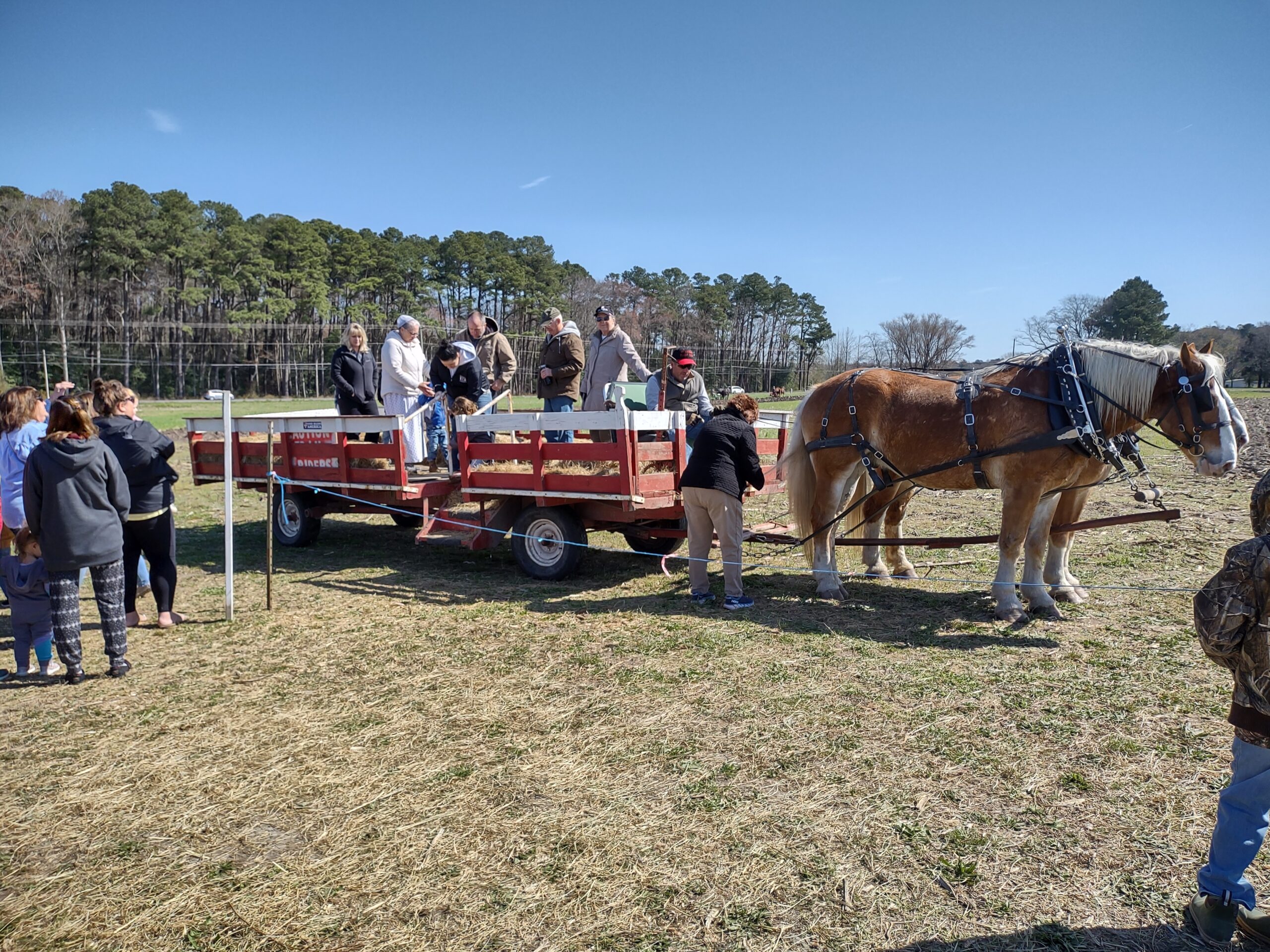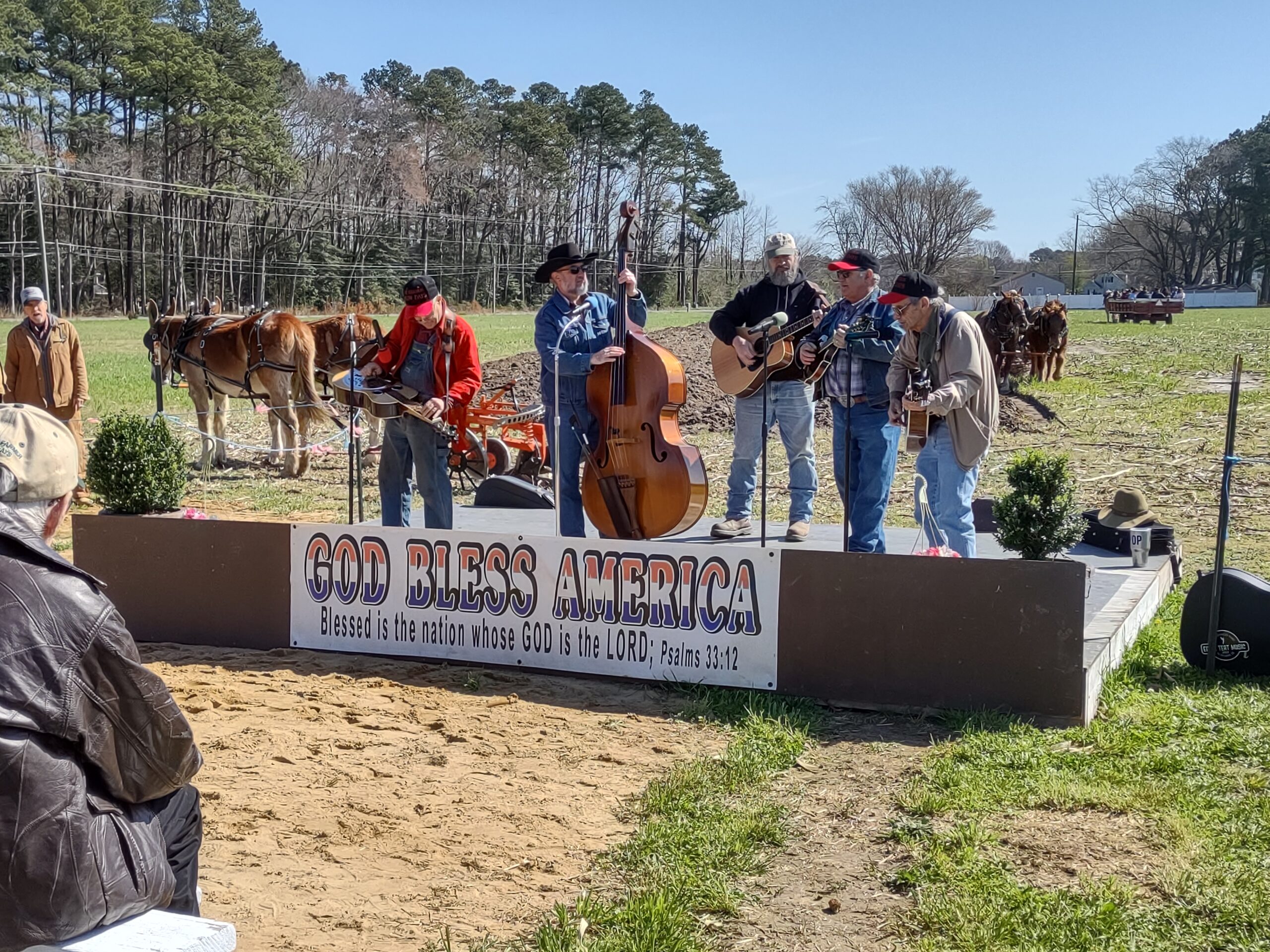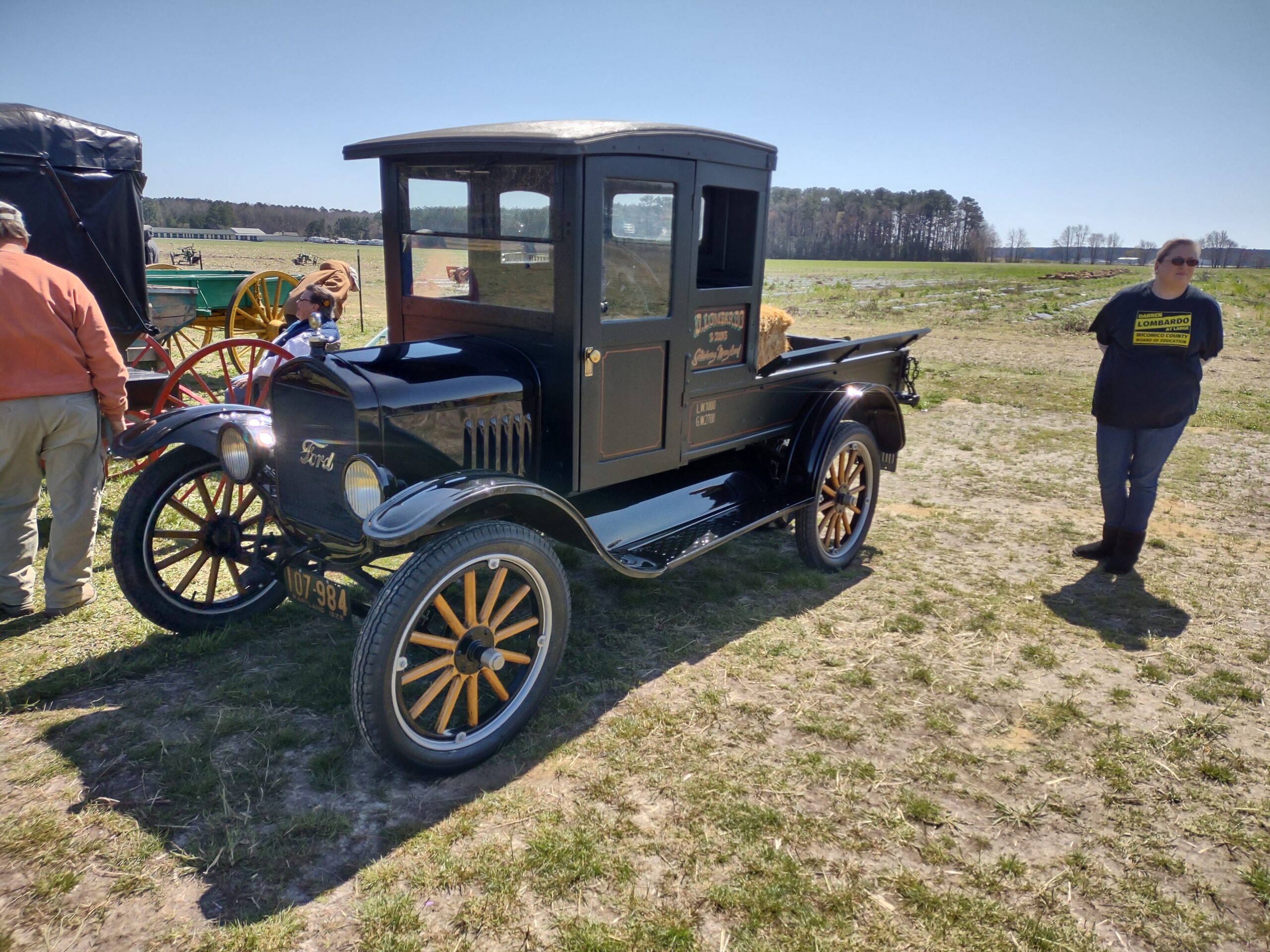If you live in my little corner of Sussex County, you know that Seaford is a vital part of the community. It’s the largest Sussex town on the U.S. 13 corridor, and it’s now home to a local Amazon processing facility servicing southern Delaware and the lower Eastern Shore of Maryland that’s providing dozens of new jobs in a long-shuttered factory.
On Saturday, the city will have an election that, in my opinion, will determine whether the town continues to make a comeback from its long period of doldrums or falls back into the same old, same old. I don’t live in the town, but since it’s an important part of life in this part of the county I think this election deserves some additional perspective – moreso than the boilerplate look provided by Delaware Online. (A much better overview was provided by the Delaware Independent website.)
In Saturday’s election, two seats are up for grabs: Mayor David Genshaw, who has been mayor since being appointed in 2013, is running for another two-year term while Council member Matt MacCoy is running for re-election to his second three-year term. Respectively, they are being challenged by Pat A. Jones and Stacie Spicer.
In reading the media coverage of this election, it’s clear that Seaford’s election wouldn’t attract much notice except for one issue: the fetal remains ordinance they narrowly passed late last year in response to a new Planned Parenthood office opening in Seaford a few months earlier. With the news of possible “waste-to-energy” incineration of remains from aborted babies, Seaford may have been ahead of its time on that one; regardless, enforcement of the law remains on hold due to claims the ordinance is illegal and that state law already covers the subject.
But the city under Genshaw has proven itself to be unafraid of being a bastion of sanity in a state dominated by Democrats in various shades of blue. In 2018 the city attracted notice by passing a right-to-work law after Sussex County bailed out of their own effort to become a right-to-work county. A proposal like that made sense for a city with a plethora of available industrial space thanks to Dupont winding down its operations over several decades. But getting Amazon in that complex is certainly a feather in the cap of the incumbents: while Genshaw is more low-key, I see MacCoy regularly on social media outlining his efforts to attract new business to the city, and the results. And he’s honest: Seaford isn’t a fit for every business because of its size and relative income level compared to towns on the beach side of Sussex County. Through the decline of the last few decades, though, there are opportunities for new businesses to start up and perhaps it’s a subject which can worked on in the next term regardless of who wins.
The re-election of Genshaw and MacCoy isn’t a shoo-in, though. And it’s not just because of the fetal remains law controversy, but also because a change in state law expanded the universe of Seaford voters: instead of separate registrations for city and county/state/federal elections, Seaford now allows all voters who are registered in the city to vote, which grows the possible number of voters over threefold. (There are also a small number of non-residents who own property in the city who can vote, too. That number wasn’t a great percentage of the original voter universe, but it’s tiny now.) It’s probable mayoral challenger Pat A. Jones is banking on that larger possible turnout, particularly since a significant number are minority voters. (Jones is the only black person running for office in Seaford this time around.)
Jones ran for mayor unsuccessfully a decade ago, after a lengthy stint on Seaford City Council. What bothers me most about her candidacy is something she said in the Delaware Independent interview:
Talking to constituents and hearing some of the concerns that are going on now, that’s one of the main reasons I decided to come back to the table. Not to mention that we need women on Council. Because when I served on Council, there were three women on Council and (now) there are none. And the men are making decisions that concern women, and not every woman is happy with some of the decisions that are made because we don’t even have a voice at the table.
Andrew Sharp, “Meet the candidates in Seaford’s upcoming election”, Delaware Independent, March 21, 2022.
I can’t speak to who has run for office in Seaford, but it seems to me that women have had plenty of opportunities to make their bids. We have a representative in Congress who has that same sort of attitude, deserving election simply because she’s a black woman. Unfortunately, Jones was on Seaford City Council during a period when the city was indeed declining. And while she has a legitimate point about the lack of representation among residents on the east side of Seaford, that issue can be rectified by creating a hybrid system of perhaps three districts and two at-large seats, in order to insure property owners who may have holdings in different districts get a vote. It’s an issue she can work toward as an activist.
As for the motivations of Stacie Spicer, a quote I found in the Delaware Public Media coverage of the fetal remains debate explained a lot:
Stacy (sic) Spicer came to the city council meeting with her mother and daughter, all residents of Seaford.
Spicer says the timing of this ordinance can’t be a coincidence, with Planned Parenthood of Delaware opening a new clinic in the city recently, offering abortions alongside many other reproductive health services.
“If you know anything about Seaford we definitely need a Planned Parenthood,” says Spicer, “Just our demographic, we have a lot of lower socioeconomic individuals here and I think it’s a wonderful thing.”
Spicer says an ordinance like this is going to hinder those low income folks from being able to access abortion services.
Roman Battaglia, “Seaford passes fetal remains measure, now faces legal challenge,” Delaware Public Media, December 14, 2021.
She also added in the Delaware Independent:
First, the State of Delaware already has code in place that indicates how remains are handled. For those who are concerned about law and order understand that city law cannot supersede state law. Furthermore, this ordinance also places a disproportionate financial as well as emotional burden on families.
Sharp, Ibid.
First of all, Seaford doesn’t need a Planned Parenthood. It’s interesting that their previous office was in Rehoboth, where more of the Sussex population resides. However, this side of the county is where more of the minority residents reside. Take from that what you will.
City law cannot supersede state law but it can supplement it. In many cases, state law is a floor that a municipality can choose to exceed if it desires: think of a 35 mph zone set by the state. The city can choose to make it 25 mph if they desire, but they can’t make it a 45 mph zone. Seaford was adding restrictions that Attorney General Kathy Jennings didn’t like because she’s a far-left Democrat, not because they violate state law.
Basically we have found out why the two women ran for office. (It’s also apparent from the headline of the Delaware Online story that led with “2 women will challenge the mayor and councilman.”)
In one capacity or another, I have been represented or led by elected women for most of my adult life. In the last state election I voted for women in the top two positions of the ballot, plus for U.S. Senate – give me the right woman for the office and I’ll vote for her. (One example: Julianne Murray for Delaware Attorney General.)
But when the campaign comes down to “vote for me because of my gender” and the motivation for the candidates to run involves overturning a common-sense law improperly being challenged by the state, I say no.
On Saturday, Seaford is encouraged to vote to keep David Genshaw as Seaford mayor and Matt MacCoy on Seaford City Council.





